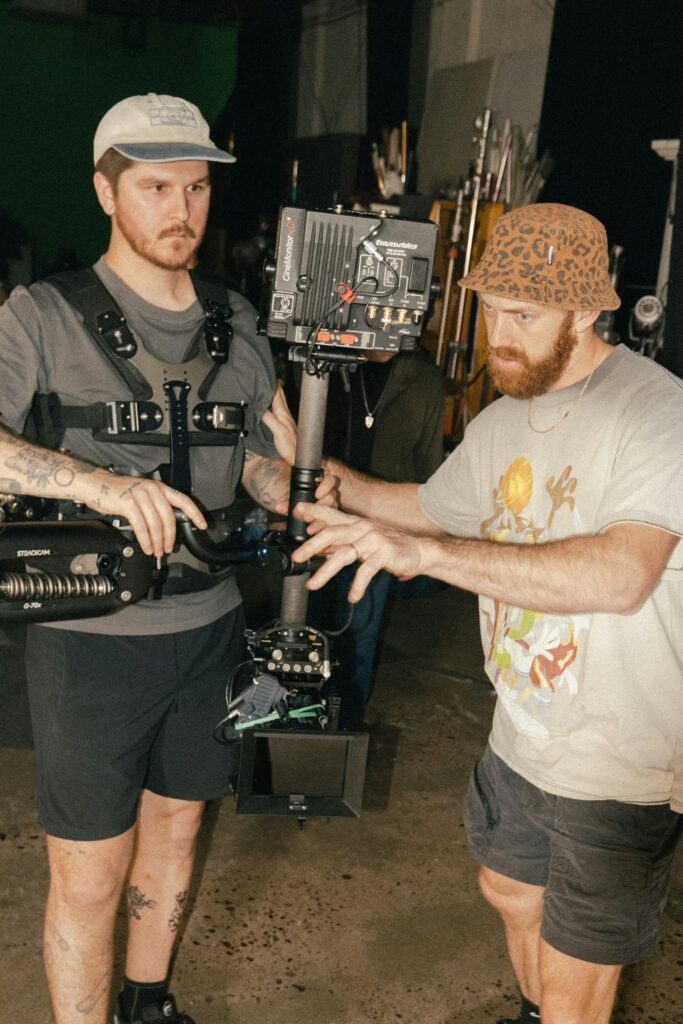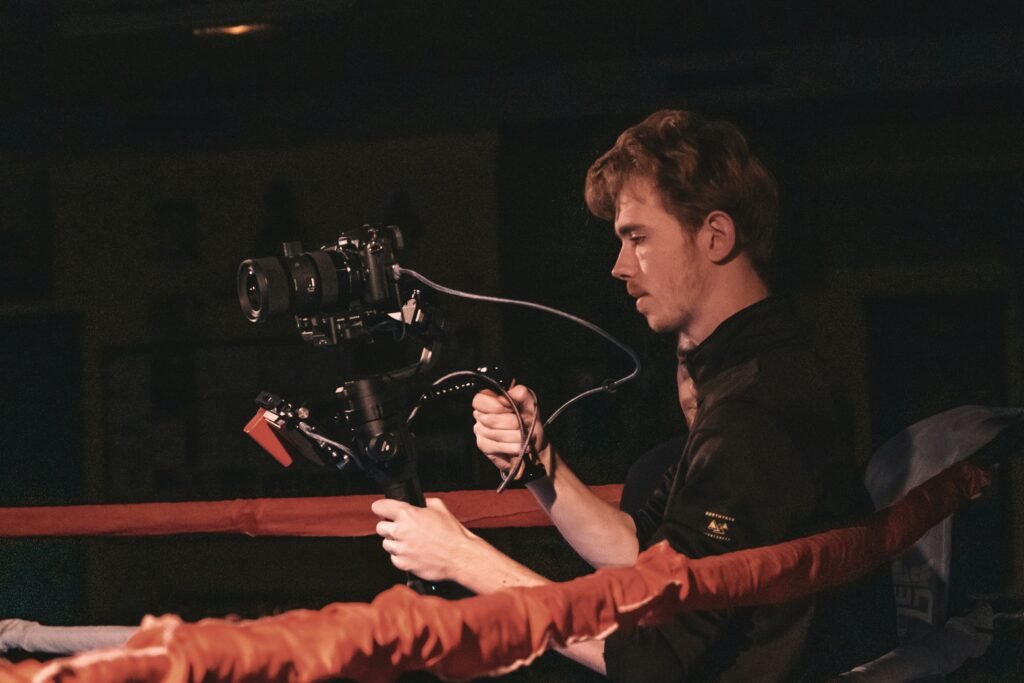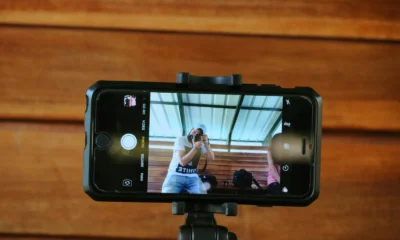News
Mysterious Pillars of Light Illuminate Japan’s Night Sky
On May 11th, 2024, a breathtaking phenomenon captivated the coastal areas of Japan, as nine towering pillars of light pierced the night sky. This rare and awe-inspiring spectacle, known as “isaribi kochu” or “fish-attracting light pillars,” is caused by the refraction of light from fishing boats through ice crystals in the atmosphere.

News
Texas Floods: 110+ Dead, 161 Missing After Historic Disaster

Catastrophic flooding struck Central Texas beginning on July 4, 2025, primarily impacting the Hill Country region, including Kerr County and the Guadalupe River area. The disaster has resulted in over 110 confirmed deaths and left more than 161 people missing as of July 8. The floods were triggered by intense, record-breaking rainfall that caused rivers to rise rapidly, overwhelming communities and summer camps.

Key Facts
- Death Toll: Over 110 confirmed fatalities, including at least 27 children and counselors at Camp Mystic in Kerr County.
- Missing Persons: At least 161 people remain unaccounted for, with ongoing search and rescue operations.
- Affected Areas: Severe impacts in Kerr, Kendall, Burnet, Travis, Williamson, and Tom Green counties. The Guadalupe River rose by more than 26 feet in under an hour.

Emergency Response
- State Action: Governor Greg Abbott deployed more than 1,750 personnel and nearly 1,000 vehicles and equipment from over 20 state agencies.
- Federal Aid: President Donald Trump declared a major disaster, unlocking federal resources for relief and recovery.
- Ongoing Risk: Additional rainfall is forecasted, and flood watches remain in effect for much of Central Texas.

Communication and Alerts
- Emergency Alerts: The National Weather Service issued multiple flash flood warnings, but some residents did not receive alerts due to the lack of a local outdoor warning system and inconsistent cell service.
- Mobile Coverage Issues: Some areas near the Guadalupe River have spotty cell service, which may have prevented some residents from receiving critical alerts.
Aftermath and Community Impact
- Search and Rescue: Hundreds of emergency personnel continue to search for missing persons in challenging conditions.
- Infrastructure Damage: Roads, bridges, and homes have been severely damaged or destroyed.
- Calls for Change: The disaster has intensified calls for improved flood warning systems and greater investment in emergency preparedness.
What Texans Should Know
- Stay Alert: Residents in affected areas should monitor weather updates and follow local guidance.
- Support and Resources: Emergency shelters and assistance are available for displaced families.
This update reflects the situation as of July 8, 2025, and will continue to evolve as search and rescue operations progress.
Advice
How to Create Emotion in Film

Emotions are the foundation of the human experience. They shape our decisions, color our memories, and drive our relationships. In cinema, emotions are not just an added layer—they are the very heart of storytelling. If a film leaves its audience unmoved, it is often deemed a failure. Understanding how emotions work, both psychologically and cinematically, reveals the secrets behind films that truly resonate.

The Psychology of Emotion
Where Do Emotions Come From?
Modern psychology has long sought to answer two central questions about emotion:
- Where do emotions originate?
- How can they be categorized?
For filmmakers, the origin of emotion is especially relevant. Evolutionary psychologists argue that basic emotions are products of natural selection, serving crucial roles in survival by aiding decision-making, motivation, socialization, and memory.
Components of Emotion
Psychologist Klaus Scherer identifies five components of emotion:
- Cognitive Appraisal: The brain’s identification of an emotion.
- Bodily Symptoms: Physical manifestations, like a racing heart.
- Action Tendencies: How we are motivated to respond.
- Expression: Outward signs, such as facial expressions or gestures.
- Feelings: The subjective experience of the emotion.
Theories of Emotional Experience
- James-Lange Theory: Early theorists William James and Carl Lange posited that emotions are the result of physiological reactions. For example, “I’m sweaty, so I must be nervous.”
- Cognitive Appraisal Theory: Richard Lazarus later argued that thought comes first. We appraise a situation, then experience both physiological and emotional reactions. One person might see a rat and feel fear; another might see the same rat and feel joy.

How to Create Emotion in Film
1. Write Emotion into the Script
- Script as the Heart: The emotional impact of a film begins with its script. Audiences must care about the story and its characters; when characters feel, viewers feel.
- Recontextualized Repetition: Repeating lines, objects, or motifs in new contexts gives them deeper meaning (e.g., the shoes in Jojo Rabbit or the song “Remember Me” in Coco).
- Dialogue: Well-crafted dialogue can move through a spectrum of emotions, as seen in the monologue from Steel Magnolias, which shifts from sadness to rage.
Example: “Toy Story 2” Flashback
Jessie’s flashback uses dialogue, repetition, and context to build a powerful emotional arc, culminating in the line: “You never forget kids like Emily or Andy. But they forget you.”

2. Use Visual Storytelling to Evoke Feeling
- Lighting: Sets the mood—low-key lighting creates tension (Alien), while bright light evokes relief (The Lord of the Rings).
- Camera Angles and Movement: High angles can convey guilt (Manchester by the Sea), close-ups foster intimacy (Interstellar), and wide shots can evoke grandeur or loneliness (La La Land).
- Color: Red can induce unease; cool tones suggest melancholy.
- Framing: Focusing on faces or omitting them (as with Emily in Toy Story 2) centers the audience on the emotional experience.
- Camera Movement: Moving toward a character can create empathy; pulling away can evoke isolation.
3. Hone Emotion in Post-Production
- Editing: The rhythm of cuts and transitions can heighten or prolong emotion. Dissolves can evoke memory and nostalgia; hard cuts can underscore abrupt loss.
- Music: Perhaps the most potent emotional tool, music can make us cry, thrill us, or terrify us. The song “When She Loved Me” in Toy Story 2 is a prime example.
- Sound Design: Beyond music, sound effects can amplify tension or anxiety (e.g., the fry cracker in Boogie Nights).

Table: Filmmaking Techniques for Evoking Emotion
| Technique | Example Film/Scene | Emotional Effect |
|---|---|---|
| Recontextualized Repetition | Jojo Rabbit (Rosie’s shoes) | Heightens heartbreak |
| Dialogue | Steel Magnolias (monologue) | Shifts through grief and rage |
| Lighting | Alien (low-key), LOTR (bright) | Fear, relief |
| Camera Angles | Manchester by the Sea (high angle) | Guilt, empathy |
| Color | Toy Story 2 (golden to muted) | Nostalgia, melancholy |
| Editing | Eternal Sunshine (intercutting) | Nostalgia, longing |
| Music | Toy Story 2 (“When She Loved Me”) | Sadness, loss |
| Sound Design | Boogie Nights (crackers) | Anxiety, tension |
Conclusion
No two movies are alike, but the best films share a common goal: to move us. Whether through writing, visuals, editing, or sound, filmmakers draw on the science of emotion to craft experiences that linger long after the credits roll. Great films make us feel—sometimes joy, sometimes sorrow, but always something real.
News
Kerrville, Texas Flood Disaster: Death Toll Over 80 and Still Rising

KERRVILLE, TX — July 7, 2025 — The city of Kerrville and surrounding Kerr County are facing a historic tragedy after devastating flash floods struck over the July 4th weekend. As of Monday morning, officials have confirmed more than 80 deaths, with the number expected to rise as search and rescue efforts continue.

Flash Floods Hit Without Warning
On July 4th, torrential rain caused the Guadalupe River to rise an astonishing 26 feet in just 45 minutes. The sudden surge caught many residents and visitors by surprise, leading to widespread destruction and chaos throughout the community.
Lives Lost and Many Still Missing
- Death Toll: Over 80 people have been confirmed dead in Kerr County, with at least 43 of those in Kerrville. Authorities warn that the count is likely to increase.
- Missing Campers: The tragedy is especially severe at Camp Mystic, a local girls’ summer camp. More than two dozen campers and counselors were swept away by the floodwaters. As of this morning, at least 11 girls and one counselor are still missing.
- Ongoing Rescues: Emergency crews have performed hundreds of rescues, using boats and helicopters to reach stranded residents and search for survivors.
Community Impact and Response
- Widespread Damage: Homes, vehicles, and infrastructure have been destroyed or heavily damaged. Entire neighborhoods remain underwater, and debris is scattered across the area.
- State of Disaster: Kerrville and Kerr County have been declared disaster zones. Both state and federal resources are being deployed to provide temporary housing, emergency aid, and support for families who have lost loved ones.
- Emotional Toll: The community is in mourning, with vigils and support services organized for those affected, especially the families of missing children.
Recovery Efforts and Ongoing Threats
- Continued Flood Risk: More rain is in the forecast, keeping the area under flood warnings and making rescue and recovery efforts even more challenging.
- Federal Aid: Residents are being urged to apply for disaster assistance and file insurance claims as help from FEMA and other agencies arrives.

Kerrville Comes Together
Despite the devastation, the people of Kerrville are showing remarkable resilience. Neighbors are helping neighbors, volunteers are mobilizing, and local leaders are urging everyone to stay hopeful and united.
The death toll, now over 80 and still rising, marks this as one of the worst disasters in Kerrville’s history. The focus remains on finding the missing, supporting survivors, and beginning the long road to recovery.
For updates and information on how to help, visit the Kerr County Emergency Management website.

 Advice2 weeks ago
Advice2 weeks agoWhat SXSW 2025 Filmmakers Want Every New Director to Know

 Business5 days ago
Business5 days agoPros and Cons of the Big Beautiful Bill

 Film Industry3 weeks ago
Film Industry3 weeks agoFilming Yourself and Look Cinematic

 News1 week ago
News1 week agoFather Leaps Overboard to Save Daughter on Disney Dream Cruise

 Politics4 weeks ago
Politics4 weeks agoBolanle Newsroom Brief: Israel Strikes Iran’s Nuclear Sites — What It Means for the World

 Health1 week ago
Health1 week agoMcCullough Alleges Government Hid COVID Vaccine Side Effects

 Advice2 weeks ago
Advice2 weeks agoWhy 20% of Us Are Always Late

 Entertainment3 weeks ago
Entertainment3 weeks agoThe Hidden Reality Behind Victoria’s Secret






































